Gritty Practical Leadership Book Five Star Review Try It on Amazon
Real Leadership Without the Gloss — Lessons That Last –Book Review Introduction Most leadership books fall into one of
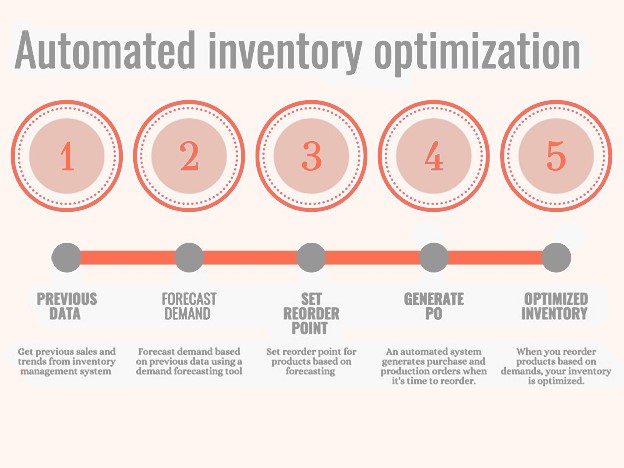
Competitors are in a race to secure an organization’s position in the market and retain it. Supply chain management is no exception to this trend. Dr. Tom is considered an authority in supply chain management and supplies us with a lot of content that can be useful in making those operations easier and more efficient. After years of research and real-life practices, his advice gives valuable proposals on how to reinforce, enhance and make existing supply chains more effective. In this paper, the main supply chain concepts proposed by Dr. Tom will be analyzed, focusing on their useful aspects and their implications.
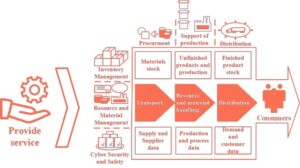
Dr. Tom emphasizes the significance of the supply chains’ end-to-end visibility. In today’s world that is complex and interrelated, it is vital to have everything from the raw products up to the final good’s delivery. Today, modern innovations such as the use of blockchain technologies and the Internet of Things (IoT) sensors provide for end-to-end visibility which allows for management of every particular detail of the supply chain in an unprecedented level. This transparency system provides data such as stock count, change in demand, and change in incurring supplies in real-time which not only helps in the management of risks but also enhances the quality of the decisions made.
The other critical element in Dr. Tom’s model concerns the breaking of silos. In traditional supply chain management, most of the information flows are disconnected, for instance, between manufacturing, logistics, and procurement departments. On the other, Dr. Tom advocates for a unique integrated system that allows different departments to work and communicate. A more responsive and flexible supply chain that can quickly adjust to changes in the market and operational difficulties is fostered by this integration.
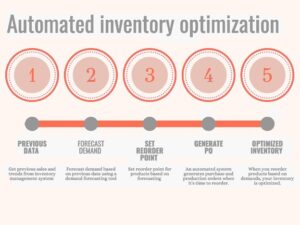
It is imperative to accurately predict the demand to maintain the inventory at the equilibrium level. In this regard, Dr. Tom focuses on the need for advanced predictive analytics in order to increase forecasting accuracy. Several techniques including machine learning and big data analysis enable organizations to study historical data, present conditions and factors, and predict future demand with greater precision. Thanks to this clarity of vision, companies are able to proactively modify their inventory strategies thus reducing the chances of surplus or shortage of stock.
Dr. Tom examines the differences inherent to the Just in Time inventory system and Just in Case. JIC is focused more in maintaining some degree of buffer stock in anticipation of possible disruptions within the supply chain while JIT is more concerned in minimizing inventory holding costs and improving cash flow by reducing the level of inventories. In his strategy, Dr. Tom considers situations when it is appropriate to implement JIC measures because of high risks involved, while within more stable environment’s JIT concepts can be safely used. In this way, the hybrid approach makes it possible to manage inventory effectively with a risk of loss in value optimized.
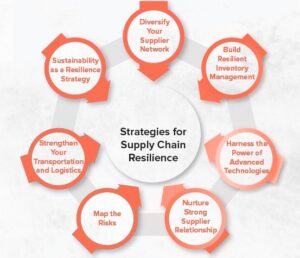
Everyone agrees with Dr. Tom that there is a need to design supply chains that would be flexible enough. The flexibility and agility characteristics of an agile supply chain enable companies to quickly change the way the business works to the extent of unprecedented events such as pandemics, extreme weather, or even war. The ability to respond to the market is based on: flexible relations with suppliers, a wide range of sourcing strategies and effective risk management.
In order to remain relevant and successful in this ever-evolving business environment, forward scenario development becomes a requirement. Carrying out recurring risk analyses and having contingency measures in, are suggestions made by Dr. Tom. Defining a scenario entails identifying the possible threats, determining their significance and devising measures to combat them. To mitigate interruptions and enable businesses to maintain the supply chain within the organization, different actors can be envisioned.
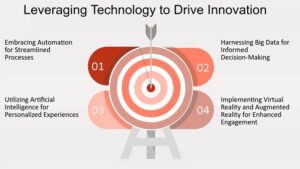
Dr. Tom is a proponent of best practices in supply chain management especially through simulation models and merchandise digital twins. A digital twin is the virtual counterpart of a tangible supply chain that allows businesses to create and study different scenarios without any exposure. With incorporation of this technology, businesses can determine the impact of changes in the suppliers, the processes or the market, thereby providing useful information for making decisions and optimizing operations.
Dr. Tom informs on the numerous benefits that blockchain technology brings on the table when it comes to chain management. An effort to provide investors with a safe and transparent means of conduction business at the supply chain has been achieved by the invention of blockchain which is an unchangeable and controlled database ledger. It also enables the real time monitoring of the movements of goods and services, verification of its authenticity and prevention of misuse. Such businesses can do incorporation of block crafting to their supply chains making them more effective with improved traceability and reliability with the involved parties.
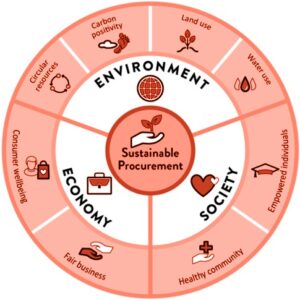
Another theme that Dr. Tom touches upon is the increasing importance of sustainability in supply chain management. The circular economy is particularly important in sustainable supply chain management and encourages the minimization of waste as well as the reuse and recycling of products. He encourages businesses to practice sustainable sourcing by for example picking suppliers that care for the environment and use sustainable materials in their products. Sustainability is not only concerned with the legal or consumer demands but also contributes to the profitability of the business by reducing environmental impact in the long run.
Dr. Tom’s recommendations about supply chain management can be considered as maps for those companies which need to enhance the efficiency of their supply chains. His concern with tile strategic integration, advanced forecasting, complete visibility and risk management provides good ground for the improvement of the supply chain activities. Moreover, Dr. Tom’s views on the use of technology and on sustainability enhancement exhibit the characteristics that are transformational in the patterns of present-day supply chains. By applying these tactics, not only will organizations achieve operational efficiency, but they will also design flexible and resilient supply chains that can complement the evolving global environment.
Real Leadership Without the Gloss — Lessons That Last –Book Review Introduction Most leadership books fall into one of
A Masterclass in Leadership Through Real Stories Leadership Stories from the Corporate Jungle and Navy Deck Plates: Real Lessons,
Dr. Tom DePaoli CEO Apollo Solutions won an award for his book “Leadership by Storytelling: The Best Way to Learn Good Leadership Skills”,
Copyright © 2024 Dr. Tom’s Advice Blog | Powered by Dr. Tom’s Advice Blog